In Egypt, ballet and belly dance represent two distinct yet culturally significant forms of expression, each with its own history, challenges, and societal interpretations.
Belly dance in Egypt may have had roots reaching into ancient Egypt where depictions on temple carvings of rhythmic movements suggest a cultural connection to fertility and communal ritual.
Folk traditions later evolved through performers like the awalim—well-educated women who entertained elite households—and the ghawazee, public dancers who popularized the form in the 18th and 19th centuries, creating a foundation for the modern dance to emerge.
In the late 1920s, Badia Masabni opened her renowned Casino Opera in Cairo, where she combined Western choreography, orchestral music, and theatrical staging to transform folk performance into the glamorous raqs sharqi, launching superstars like Samia Gamal and Tahiya Carioca into the national spotlight and defining the dance’s Golden Age in cinema from the 1940s to 1960s.
To explore belly dancing more, we spoke with Sarah Stern, a passionate belly dancer, and Nenet Nazmy, a dedicated ballerina.
Their stories reveal broad cultural dynamics on how different art forms are perceived and celebrated in Egypt.
Sarah Stern: Embracing Belly Dance
Sarah Stern’s journey into belly dance began in an unexpected way. Initially indifferent to the art form, her interest was piqued when her stepfather brought home Egyptian music CDs featuring artists like Amr Diab.
Although she found the music catchy and joyful, it was not until a significant life event—she underwent a brain surgery—that dance became a crucial part of her recovery.
Encouraged by her mother, Stern took dance classes that transformed her self-esteem and overall well-being. As she began to explore dancing, Stern initially viewed belly dance as a casual hobby.
However, her perspective shifted dramatically after leaving Chile and moving to New Zealand, where she connected with individuals from Saudi Arabia who reignited her love for Arabic music. This cultural connection motivated her to take dance classes again, eventually leading her to perform publicly.

Stern describes belly dance as a unique cultural tradition.
“It is a very beautiful and feminine form of expression,” she notes, pointing out its role in showcasing women’s strength and creativity.
While she acknowledges that some individuals in society view it negatively due to religious beliefs, she feels that Egypt is more supportive of belly dance compared to other Middle Eastern countries.
Although belly dance has been celebrated as an essential part of Egypt’s cultural and cinematic history, it has also been shadowed by controversy. Since the early 20th century, dancers have faced social stigma and censorship, with critics labeling the art form as morally questionable or incompatible with religious values.
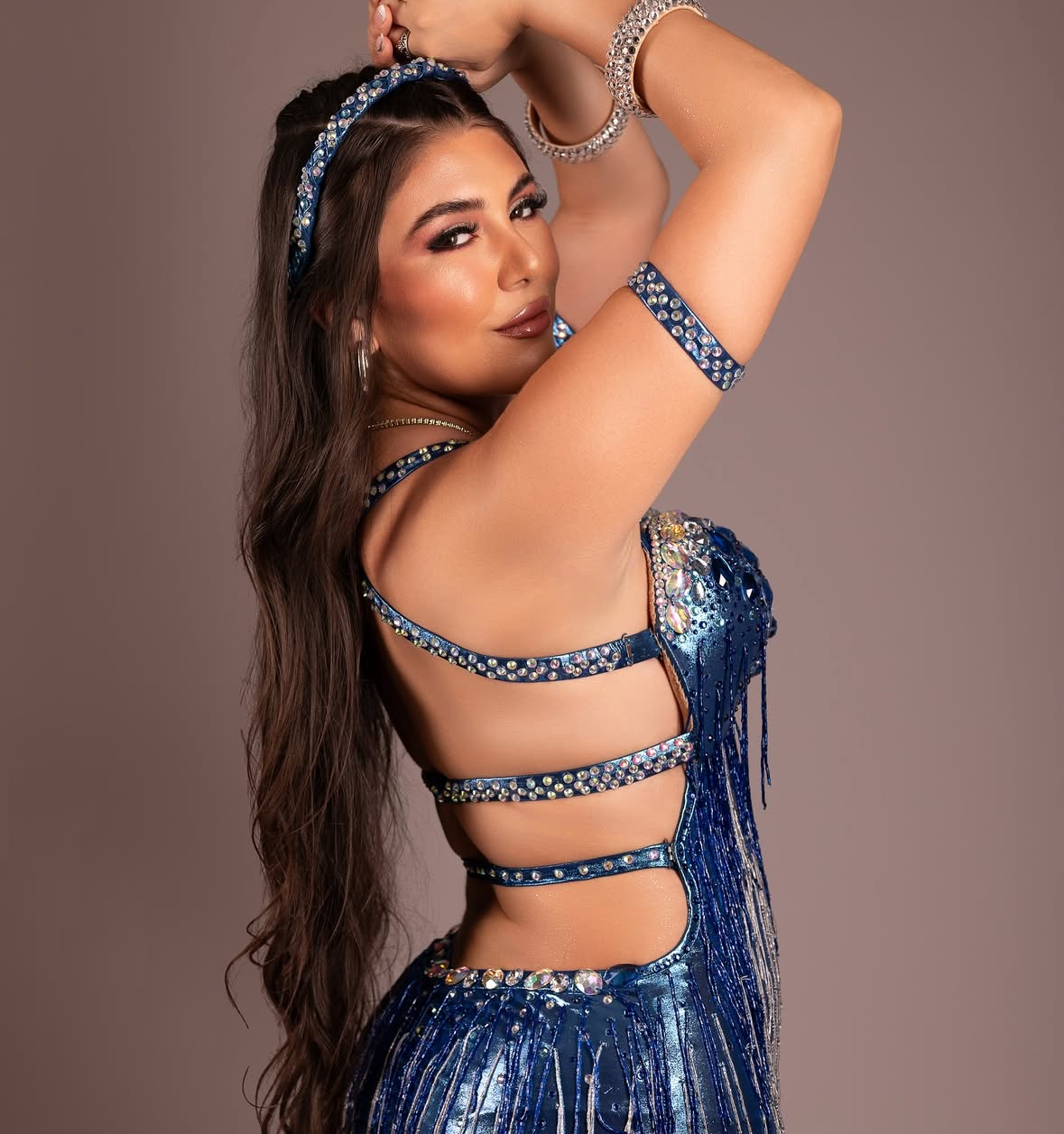
Performers often navigated restrictions ranging from police regulations on costumes to outright performance bans, and many faced personal discrimination despite their popularity on stage and screen.
“There is more heart here,” she reflects, noting the appreciation of belly dance as an important form of artistic expression.

Dance drama dates back to the ancient Egyptians, who used movement to convey stories and emotions, laying the groundwork for expressive dance forms like ballet.
Some inscriptions from Middle Kingdom tomb drawings from Beni Hassan (an ancient Egyptian cemetery site in Middle Egypt, known for its Middle Kingdom rock-cut tombs decorated with detailed wall paintings) showcase dramatic dances celebrating various life events. which showed a sculpture of women dancing in regular groups, quite similar to what we see in the latest types of current ballet dances.
The Cairo Ballet Troupe, established in 1966, sought to create a unique identity rooted in Egyptian culture, producing notable works such as “Egyptian Steps” and “The Nile.”
Nenet Nazmy: The World of Ballet
In contrast, Egypt’s Nenet Nazmy’s ballet journey is deeply rooted in her family’s history.
Inspired by her mother, who had once aspired to be a ballet dancer but could not continue her training, Nazmy’s first exposure to ballet came through ballet videos her mother shared during her childhood.
Recognizing Nazmy’s potential, her mother arranged for her to audition at a local ballet institute in Cairo, where she was accepted at eight years old.
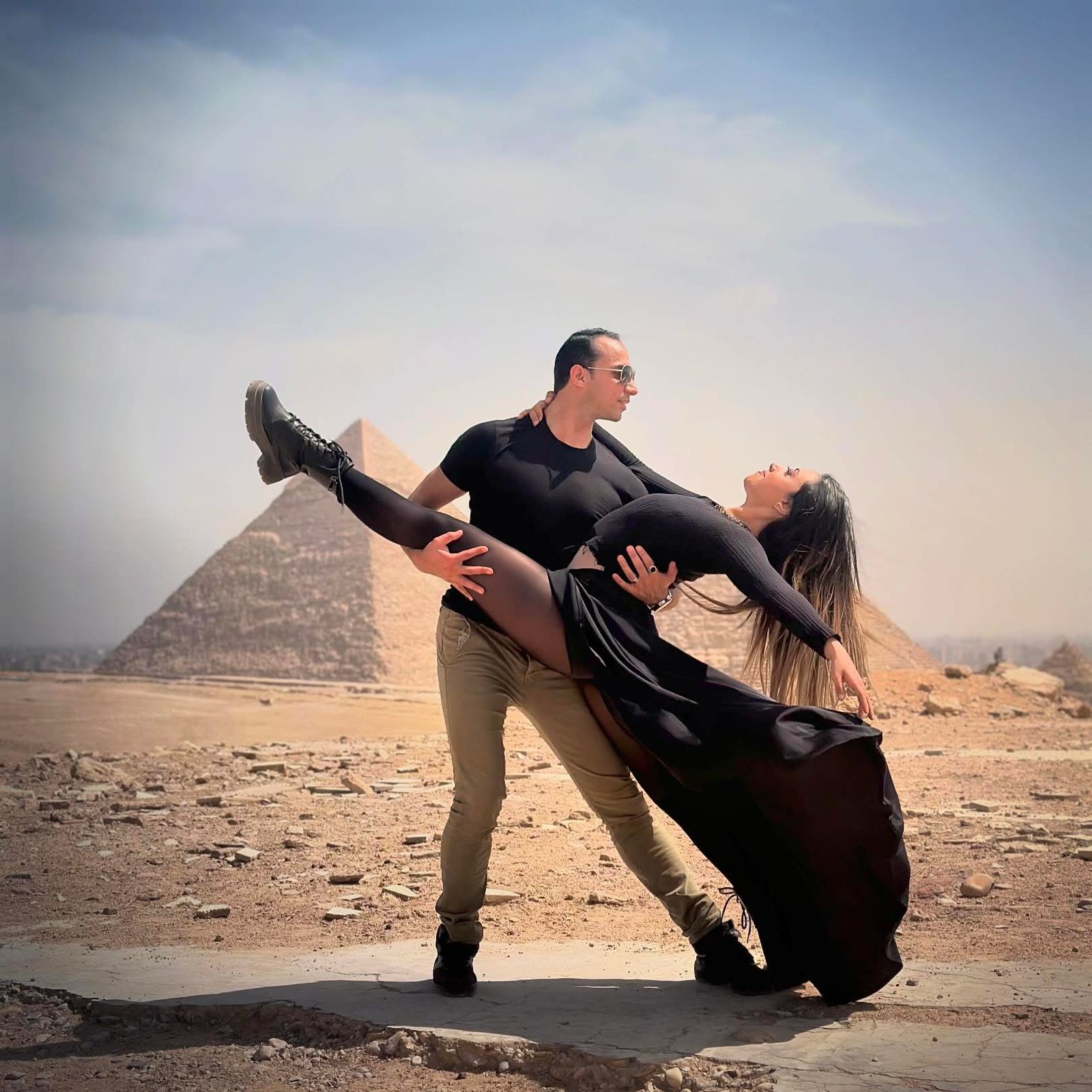
For Nazmy, ballet is a reflection of artistic refinement. She believes that ballet is an art form that requires immense dedication, discipline, and precision.
Unlike other forms of dance, ballet relies on the dancer’s ability to convey stories and emotions solely through movement, without any dialogue. This silent performance challenges dancers to express complex feelings through the grace of their bodies.
Nazmy elaborates on how ballet serves as a mirror to society’s cultural awareness. She believes that ballet is a representation of a society’s values and artistic aspirations.
Belly Dance in Egyptian Society
Stern perceives belly dance as a celebration of femininity and a cultural tradition unique to Egypt. She explains that while it is culturally appreciated, there are still segments of society that view the dance form negatively, primarily due to religious perspectives that stress modesty and restraint.
Despite this, she believes that belly dance allows women to connect with their bodies and express their individuality in a way that is empowering. “It’s not just about the physical steps or performance; it is a language of the body that conveys confidence, femininity, and inner strength,” she asserts.
Moreover, Stern discusses the differences in how belly dance is perceived across the Middle East.
In her experience, Egypt stands out as a country that embraces this art form more than others, such as the UAE. Belly dance is often enjoyed in Egyptian social settings, from weddings to family gatherings, reflecting its integral role in cultural celebrations.
Ballet’s Cultural Significance
Conversely, Nazmy sees ballet as an art form that has become an element of Egyptian culture, particularly as it evolves to include narratives that resonate with local audiences.
The Cairo Opera House, once threatened with closure, became a symbol of the resilience of ballet, prompting a renewed interest among the public in this refined art form.
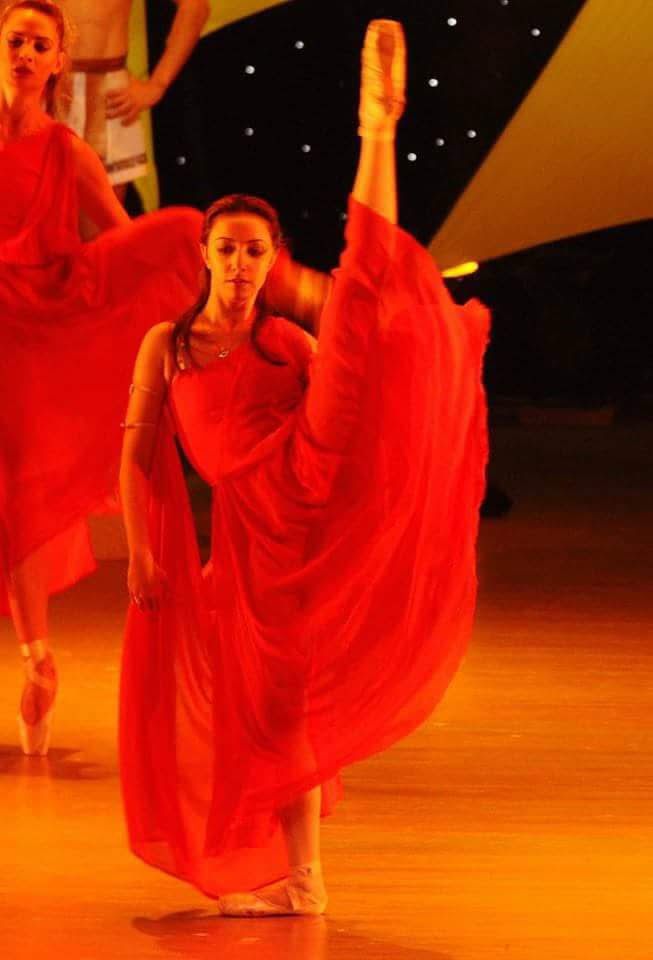
Nazmy believes that the increasing incorporation of Egyptian themes into ballet performances has made the art form more relatable and emotionally engaging for audiences.
“We now present stories with a uniquely Egyptian identity such as the Cleopatra Ballet performance,” she explains, clearing out how this approach helps ballet reach people more directly and deeply, enriches the ballet repertoire, and fosters a sense of pride in local culture.
What it takes to Become a Belly Dancer
Both dance forms present unique physical demands and challenges. Stern explains that belly dance requires strong core muscles, flexibility, and precise control of the hips and torso.
Unlike ballet, which requires posture and long lines, belly dance focuses on isolated, fluid movements that allow for personal expression. Stern describes the physical challenges of belly dance as both demanding and liberating, emphasizing the need for stamina and control.
“Belly dance presents unique physical challenges,” she notes, “but it also allows for a deeper connection to oneself.”
This connection is a fundamental aspect of belly dance, which encourages dancers to express emotions and individuality through their movements.
Additionally, Nazmy elaborates on the rigorous training that ballet demands, noting that it requires a naturally lean body and flexibility from a young age. The physical challenges intensify with time, as ballet training involves long hours of practice and demanding exercises to build strength.
One of the most difficult aspects is performing in pointe shoes, which are notoriously painful and can lead to injuries.
“They cause frequent wounds and blisters on the toes,” she explains, showing the sacrifices dancers make for their art.
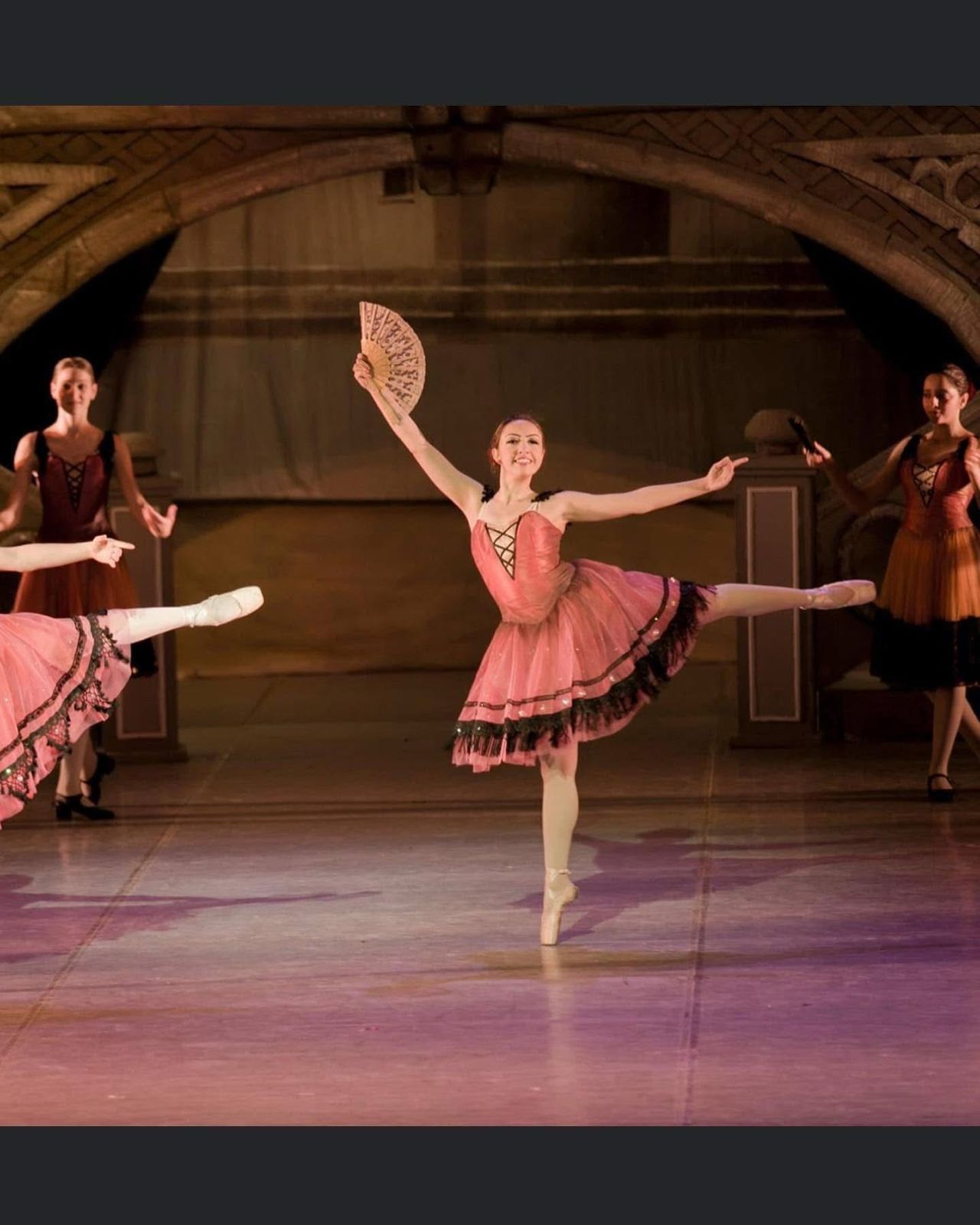
Through this rigorous training, Nazmy has developed not only physical strength, but also a sense of discipline and determination.
She underlines that ballet requires continuous practice and strict discipline; dancers must commit to daily training sessions that can last several hours.
“Ballet doesn’t tolerate long breaks,” she warns, noting that any time off can quickly lead to a decline in physical fitness and flexibility.
The Growing Ballet Audience
As ballet gains popularity in Egypt, audiences have become increasingly discerning and appreciative of the art form. Nazmy observes that the audience now recognizes the complexity of ballet movements and often responds enthusiastically to skilled performances.
Nazmy’s insights dives into the evolving perception of ballet in Egypt. She notes that the ballet audience has become highly educated and culturally aware, often applauding difficult steps and recognizing nuances in performances.
Moreover, Stern and Nazmy are on a mission to excel in their respective careers, all while embracing the beauty of both ballet and belly dancing.
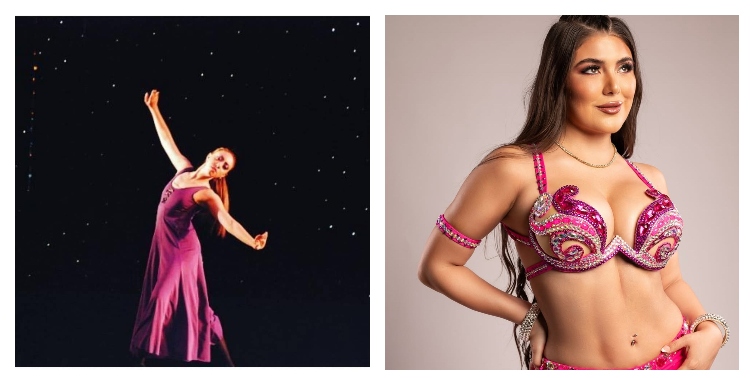






Comments (0)